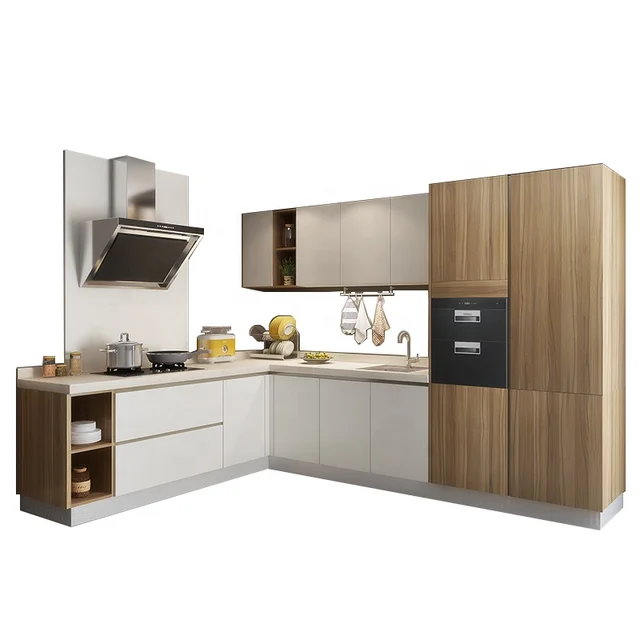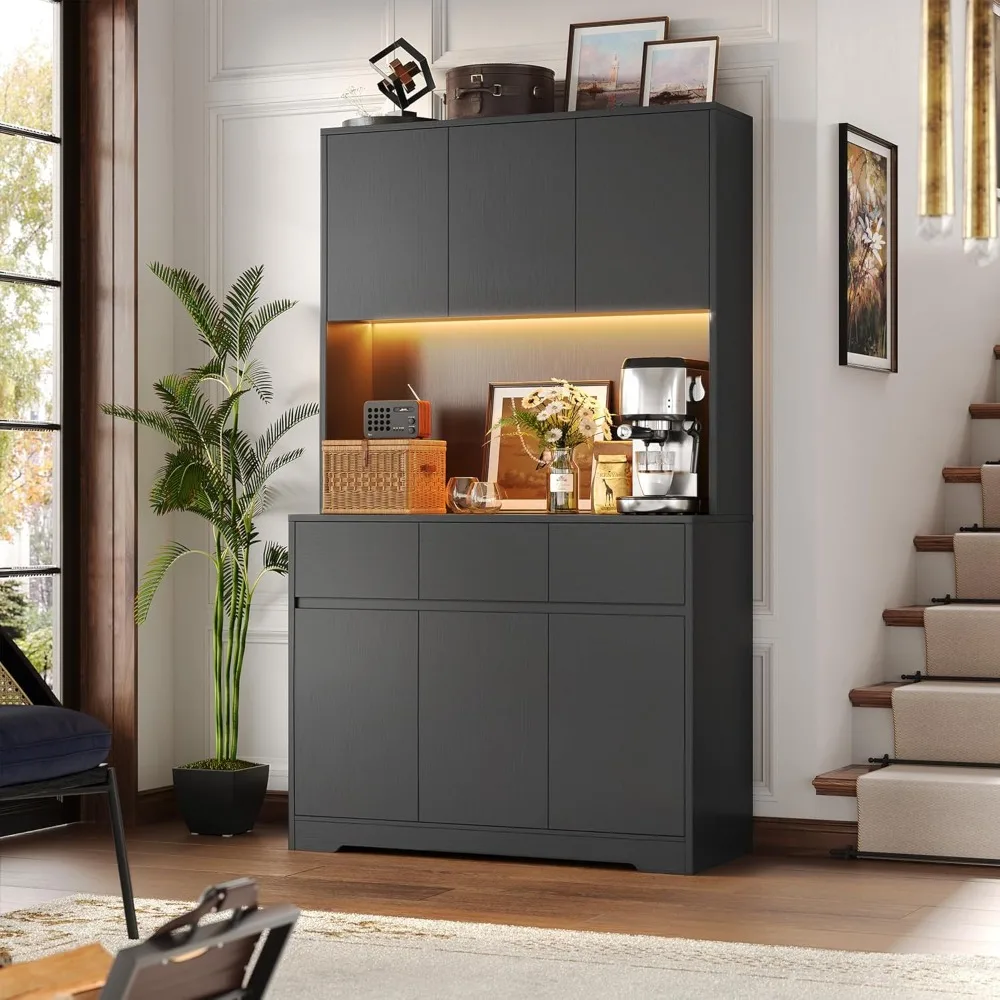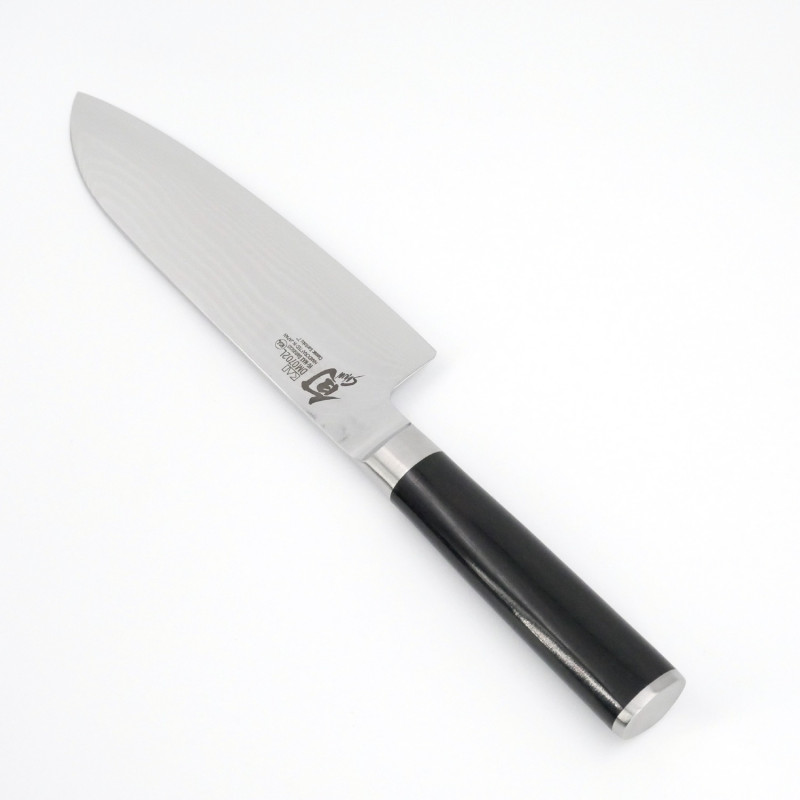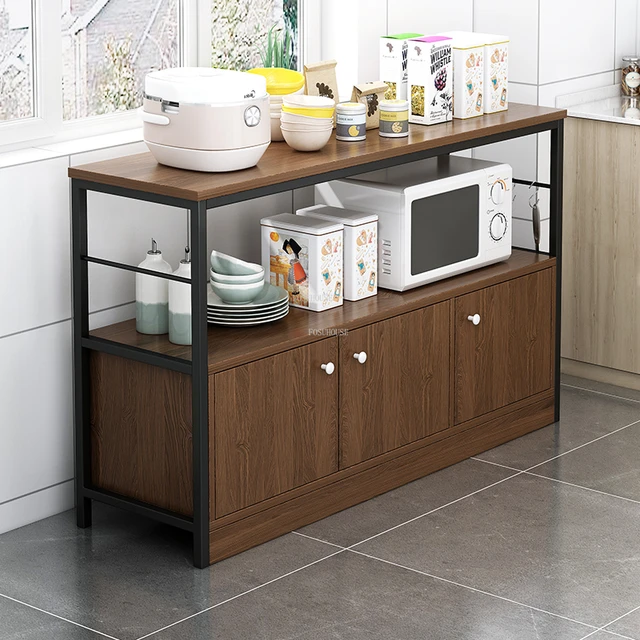 Introduction:
Introduction:
Updating old kitchen cabinets can breathe new life into your kitchen space without the need for a complete overhaul. While replacing cabinets can be expensive and time-consuming, there are various creative ways to update them without breaking the bank. In this article, we will provide you with a comprehensive guide on how to update old kitchen cabinets without replacing them. From repainting and refinishing to adding new hardware and accessories, we will explore various techniques and ideas to help you transform your outdated cabinets into a fresh and stylish focal point in your kitchen.
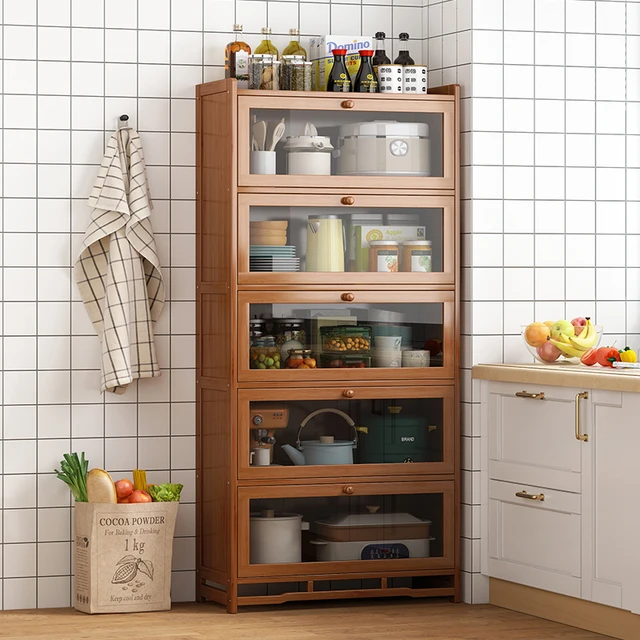 Some common types of kitchen cabinets :
Some common types of kitchen cabinets :
There are various types of kitchen cabinets available, each with their own unique characteristics and purposes. Here are some common types of kitchen cabinets and their typical placement locations:
Base Cabinets:
Base cabinets are installed along the lower portion of the kitchen walls, usually below the countertops. They provide the foundation of the kitchen layout and are used to store kitchen essentials such as pots, pans, and small appliances. Base cabinets can also have drawers for organized storage.
Wall Cabinets:
Wall cabinets are mounted on the walls above the countertops. They are useful for storing dishes, glasses, and other frequently used items.
Tall Cabinets/Pantry Cabinets:
Tall cabinets or pantry cabinets are floor-to-ceiling cabinets that are often installed in a separate pantry area or as a standalone unit in the kitchen. They are used to store pantry items, cereals, larger appliances, or cleaning supplies. Tall cabinets are known for their ample storage space and can be customized with shelves, drawers, or specialized organizers.
Corner Cabinets:
Corner cabinets are designed to maximize the utilization of corner spaces in the kitchen. They can be placed in the corner areas and often feature specialized storage solutions such as lazy susans, pull-out shelves, or swing-out trays. Corner cabinets help in efficiently utilizing the usually hard-to-reach corner storage areas.
Glass-front Cabinets:
Glass-front cabinets are installed either as wall cabinets or as standalone units. They feature glass panels on the doors, allowing for the display of dishes, glassware, or decorative items.
The placement of kitchen cabinets depends on the layout and design of the kitchen, such as the island, as well as personal preferences and functionality. It is important to consider the flow of the kitchen, ease of access, and the specific storage needs when determining the placement of different types of cabinets in the kitchen space.
Introduction to Updating Old Kitchen Cabinets
Updating old kitchen cabinets allows you to give your kitchen a facelift while keeping costs down.
A. Reasons to Update: Updating cabinets can improve the overall look and feel of your kitchen, increase functionality, and add value to your home.
B. Cost Benefits: Upgrading cabinets is generally more cost-effective than replacing them entirely.
Assessing the Cabinets
Before beginning the update process, it is important to assess the condition and style of your cabinets.
A. Structural Integrity: Check for any signs of damage or wear that may require repair or replacement.
B. Design and Style: Evaluate the existing style and consider the desired aesthetic for your updated cabinets.
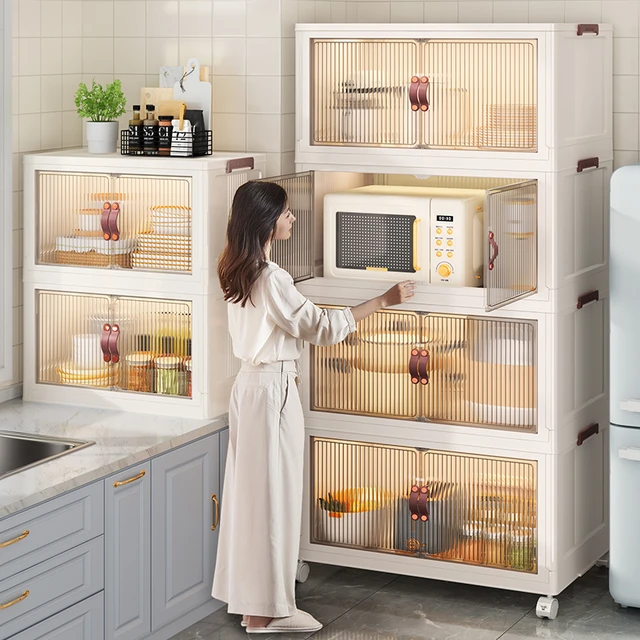 Cleaning and Preparation
Cleaning and Preparation
Thoroughly cleaning and preparing the cabinets is an important step for achieving a professional finish.
A. Remove Contents: Empty the cabinets completely to provide clear access.
B. Cleaning: Clean the surfaces of the cabinets using a mild detergent or degreaser to remove any built-up dirt or grease.
C. Sanding: Lightly sand the surfaces of the cabinets to create a rough texture for better paint adhesion or to remove the old finish.
Repainting or Refinishing
Repainting or refinishing cabinets is one of the most effective ways to update their look.
A. Repainting:
Prepare: Remove cabinet doors, drawers, and hardware. Protect surrounding areas and countertops with painter’s tape and drop cloths.
Prime: Apply a primer to create a smooth and even surface for the paint to adhere to.
Paint: Apply high-quality paint using a brush or roller in thin coats, allowing each coat to dry before applying the next.
Finish: Apply a clear topcoat or sealant to protect the paint and create a durable finish.
B. Refinishing:
Remove Old Finish: Strip the old finish from the cabinet doors and frames using a chemical stripper or sandpaper.
Stain or Varnish: Apply the desired stain or varnish to enhance the natural wood grain and provide a protective finish.
V. Adding New Hardware
Updating cabinet hardware can instantly transform the look of your kitchen cabinets.
A. Handles and Pulls: Replace outdated handles and pulls with new, modern styles that complement your updated cabinet finish.
B. Knobs: Swap old knobs for new ones that match your updated cabinet style.
C. Hinges: Consider replacing visible hinges with concealed or European-style hinges for a sleeker and more modern appearance.
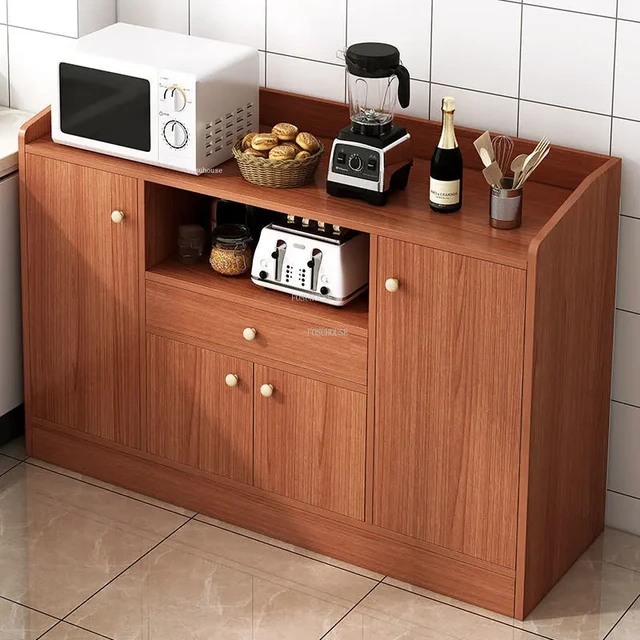 Lighting Upgrades
Lighting Upgrades
Installing new lighting can enhance both the functionality and aesthetics of your kitchen cabinets.
A. Under-Cabinet Lighting: Install LED strip lights under the cabinets to provide task lighting and create a warm atmosphere.
B. Interior Cabinet Lighting: Add interior cabinet lighting to highlight glassware or display items.
Decorative Accents and Accessories
Incorporating decorative accents and accessories can further enhance the appeal of your updated cabinets.
A. Glass Inserts: Replace solid cabinet doors with glass inserts for an open and display-worthy look.
B. Decorative Molding: Add decorative crown molding or trim to give your cabinets a custom and finished appearance.
C. Open Shelving: Remove cabinet doors to create open shelving, providing an opportunity to display decorative items or frequently used items.
Maintenance and Care
Ensure the longevity and beauty of your updated cabinets by implementing proper maintenance and care practices.
A. Cleaning: Regularly clean the cabinets with a mild detergent or cleaner and a soft cloth.
B. Avoid Harsh Chemicals: Avoid using harsh chemicals or abrasive cleaners that may damage the finish of the cabinets.
C. Treat Damage Promptly: Address any signs of wear, scratches, or damage promptly to prevent further deterioration.
 Conclusion
Conclusion
Updating old kitchen cabinets without replacing them can transform the look and feel of your kitchen without breaking the bank. By repainting or refinishing, adding new hardware, incorporating lighting upgrades, and integrating decorative accents and accessories, you can achieve a fresh and stylish look in your kitchen. Remember to assess the condition and style of your cabinets, properly clean and prepare them, and implement proper maintenance and care practices to ensure long-lasting results. Embrace the creative ideas and tips provided in this comprehensive guide to update your old kitchen cabinets and create a beautiful and functional space for family to enjoy.
